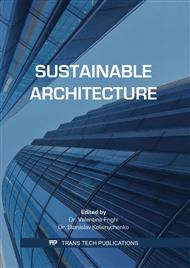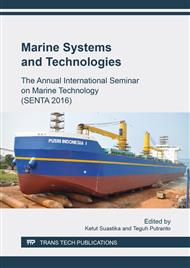p.3
p.10
p.18
p.27
p.37
p.44
p.53
p.64
Sustainability Analysis of Coastal Management in the Madura Strait
Abstract:
Coastal area has a strategic value for the development of national economy and improving people's welfare. However, coastal area is also extremely vulnerable to environmental damage and destruction. Therefore, the need of sustainable management with regard to the dimension of ecological, economic, social and institutional is important. This research is aimed to overview the current condition of coastal area in the Madura strait and to formulate coastal management strategies in term of sustainable development. Multi Dimensional Scaling (MDS) method was used in this research. Five dimensions (ecology, economy, social, technology and institution) were measured. The results showed that in general, coastal management of Madura Strait was less to moderately sustainable. It means that coastal management of the area has given enough contribution for the community; however the condition of the environment should be supervised closely to provide continuous benefit for future economics of the region.
Info:
Periodical:
Pages:
10-17
Citation:
Online since:
January 2018
Authors:
Keywords:
Price:
Сopyright:
© 2018 Trans Tech Publications Ltd. All Rights Reserved
Share:
Citation:



